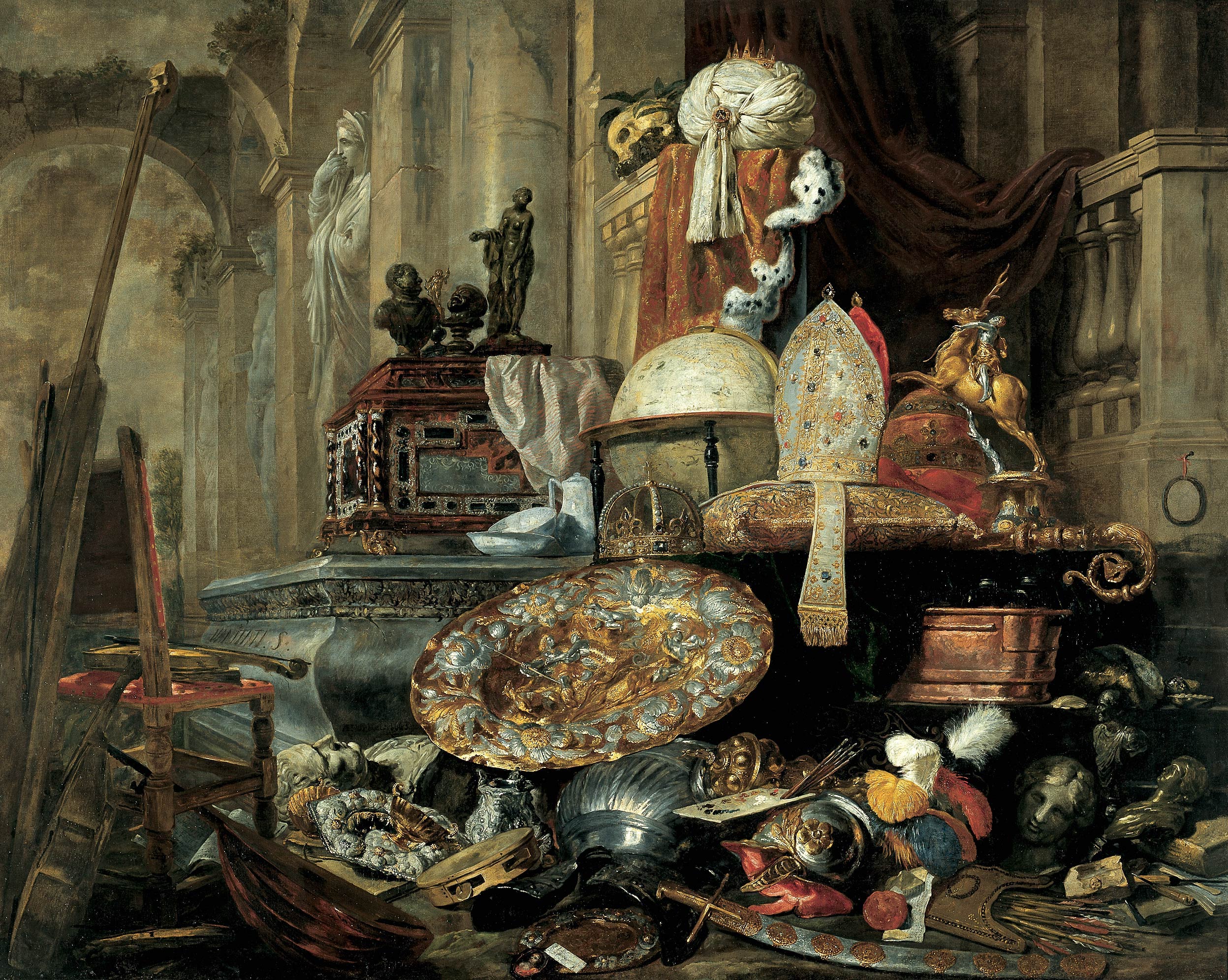
THE CHURCH OF ENGLAND has two provinces, one in the south of the country, centered on Canterbury, and one in the north-east of the country, centered on York. Each of these cities has an archbishop named after the cities. The Archbishop of Canterbury is known historically as the Primate of all England, and the Archbishop of York is known historically as the Primate of England. The slight difference in title points to the fact that Canterbury is first in order and authority in the Church of England. This explains why he has a residence in London, Lambeth Palace, within easy distance of the Houses of Parliament (where he is a member of the House of Lords) and royal palaces (where the monarch is often in residence).
In terms of the worldwide Church, the Archbishop of Canterbury has always had the lead role in the fellowship of international Churches known now as the Global Anglican Communion of Churches. In the last forty years he has increasingly been known as “the first instrument of unity” (where “instrument” means “a person who is made use of” for a specific purpose). Further, the See (meaning “the place in which a cathedral church stands”) of Canterbury has been consistently referred to within Global Communion-talk as though this See is the only See in the mother Church of the Communion, the ecclesia anglicana. But it is not. Perhaps you remember the place where the man whom we now call “Constantine the Great” began his journey to Rome in the early fourth century. It was York and here also, as we noted above, is one of the two Sees of the Church of England.
But is there any way that the See and province of York is specifically or distinctly associated with the very definition of the Global Anglican Communion of Churches? That is, other than being a half of the Church of England, which as a whole entity is obviously in that Communion as the Mother Church?
LET US TURN TO The Revised Catechism (1962), a revision of the Catechism in The Book of Common Prayer of the Church of England. It is important to note that this Catechism was published before the beginnings of the move to newer liturgy and to the expansion of the Anglican Family of Churches in the 1970s and following. It belongs to the pre-modern reality of the ecclesia anglicana. It was composed by a Commission set up by both Archbishops, and it was authorized in January 1962 for seven years use by the Convocations of Canterbury and York (who met together as a governing body before the arrival of the Synod of the Church of England a little later).
Obviously there is nothing in the original Catechism of 1662 about the Anglican Communion, for it did not exist; and it is not mentioned in revived Catechisms of Canada and other provinces. However, in the 1962 Catechism of England and Wales it was a topic about which those being confirmed ought to be informed. Thus it reads:
Q: What is the Anglican Communion?
A: The Anglican Communion is a family of Churches within the universal Church of Christ, maintaining apostolic doctrine and order and in full communion with one another and with the Sees of Canterbury and York.
Not surprisingly, a Commission representing the province of York as well as Canterbury would and should include “in full communion with the See of York.” And the Church of England, let us not forget, is one Church with two provinces, and both are provinces in the full ecclesial and theological meaning of the word “province.”
Regrettably after the revolutionary 1960s and early 1970s, in which the Anglican Way changed much, especially in the West, “full communion with York” got apparently forgotten, and the new entrants into the global Anglican Communion, usually from the previous British colonies, were not told about it. They simply learned that the Archbishop of Canterbury is the primary instrument (an odd word for most of them) of unity. And this they accepted seemingly without much question until the new question of the new millennium arose with vengeance—which is a story that has often been told recently and need not be repeated here.
I have one more thing to say about Yorkshire.
As one who was born near the city of York, and who was ordained deacon and priest in the province of York, I protest about the demise of York from the Anglican Communion pedigree! I dream of what could be achieved if from the 1970s York could have been designated the Secondary Instrument of Union of the Anglican Communion, with special responsibility for convening and chairing the Primates’ Meeting on a regular basis.
I lament for York; and I see dimly a new vocation for it in the realignment of the global Anglican Communion and the Mother Church of England.
–The Rev. Dr. Peter Toon, Yorkshireman. October 11, 2008.

